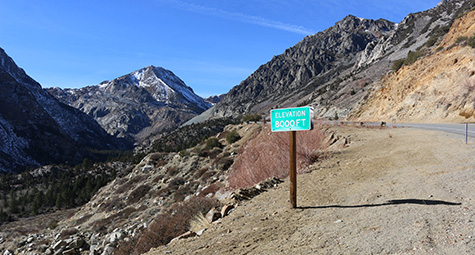
As an almost rainless and snowless January comes to a close, one can’t help but feeling like the seasons are backwards this year. Lee Vining got 1.7 times more precipitation during June through September than it did since October 1st. Normally precipitation during those four fall-winter months is double the summer months (for an average ratio of about 0.5).

Looking back at previous years, 1990–1991 also had a high summer to fall/early-winter precipitation ratio of 4.3—in other words, 4.3 times as much precipitation fell in summer as it did in fall/early-winter. Despite a “miracle March,” 1991 was one of Lee Vining’s driest years on record. 1997–1998 also had a high ratio of 1.5, but then it started snowing (like crazy) in February, and ended up being quite a wet year. Those two years pretty much bookend the options for this year—either it is going to start snowing soon, or it won’t.
Summer thunderstorms can be quite variable, so does this pattern match other precipitation stations? Cain Ranch data confirm this pattern with 1990–1991, however 1997–1998 fails. But the longer record at Cain Ranch allows other years to match: 2013–2014 (1.2), 1976–1976 (1.2), 1976–1977 (4.5), 1967–1968 (1.4), 1960 (1.3). These were all dry years, and most are among the driest years on record.
At this point in the year, with these backward seasons, it will be hard just to catch up to average precipitation for the winter.
